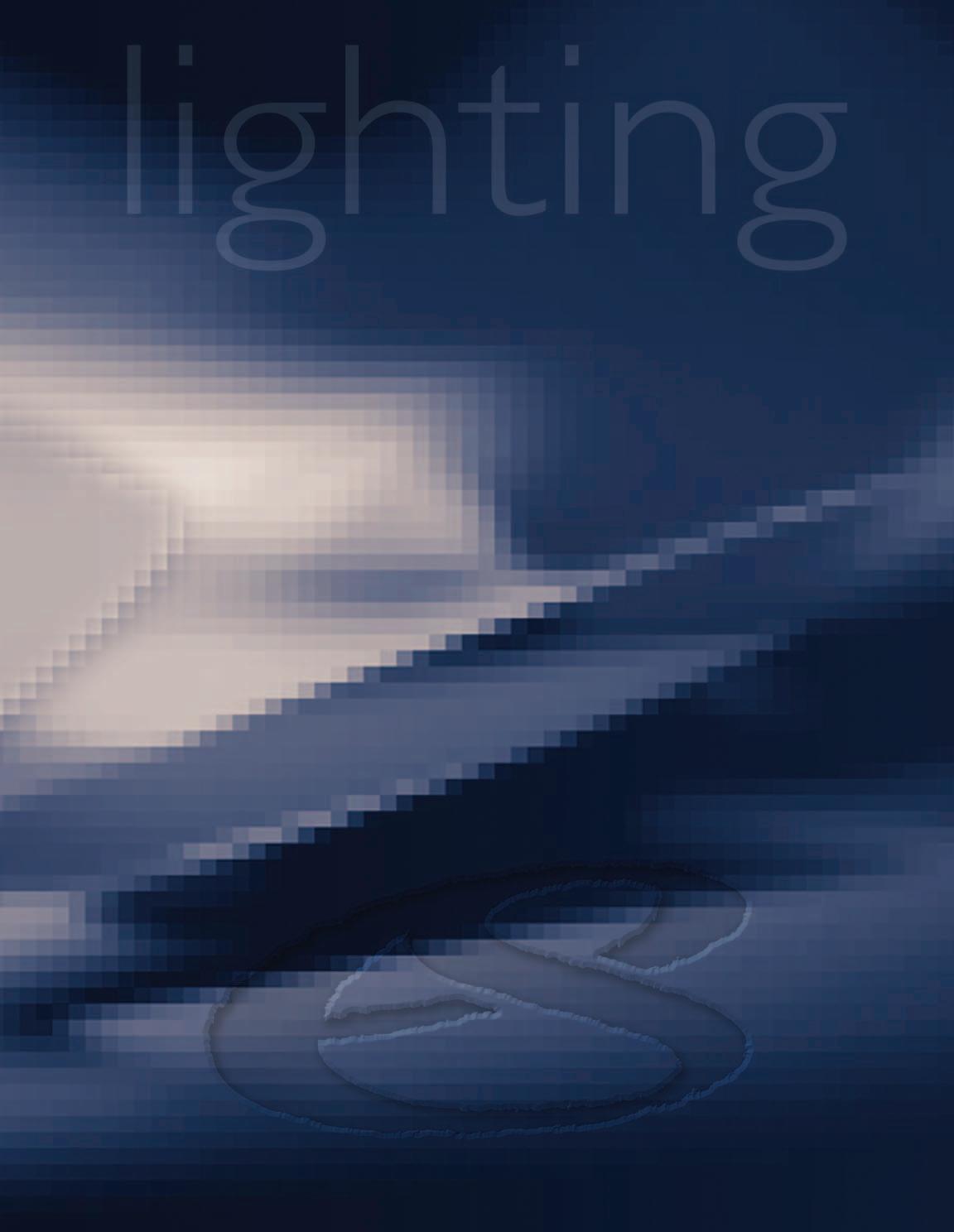
2 minute read
Summary of exposure compensation
essential skills: photographic lighting Summary of exposure compensation
Hand-held light meters
Advertisement
A hand-held reflected light meter reading measures the level of light reflected from the subject. The resulting exposure is an average between the light and dark tones present. When light and dark tones are of equal distribution this average reading is suitable for exposure. When light or dark tones dominate the photographer must either take a reflected meter reading of a known mid-tone and compensate accordingly, or take an incident reading of the light falling on the subject.
TTL meters
The ‘through-the-lens’ (TTL) light meter measures the level of reflected light from the subject. The TTL meter does not measure the level of illumination (ambient light). The resulting exposure is an average between the light and dark tones present. When light and dark tones are of equal distribution within the frame this average light reading is suitable for exposing the subject. When light or dark tones dominate the photographer must either meter a known midtone or compensate the exposure accordingly.
Summary of exposure compensation
Dominant light tones increase exposure Dominant dark tones decrease exposure
Extreme contrast Color film/image sensor Increase highlight detail decrease exposure Increase shadow detail increase exposure
Black and white negative SBR exceeding 128:1 increase exposure and reduce development time
Activity 3
Place a small subject of dominant mid-tones one metre from a bright white background. Light with a diffuse light source (floodlight) and take a reflected light reading from the camera position. Next take a reflected light reading of the subject only. Test your judgement by determining correct exposure and exposing one frame only.
Amelia Soegijono



Stuart Wilson

sensitivity and image capture




Martin Ryner
essential skills
~ Gain a knowledge and understanding of the various light-sensitive mediums available to the photographer. ~ Understand the use of these materials and devices, their advantages, limitations and processing. ~ Create images using technique, observation and selection demonstrating a practical understanding of light-sensitive mediums. ~ Document the progress and development of these skills.










